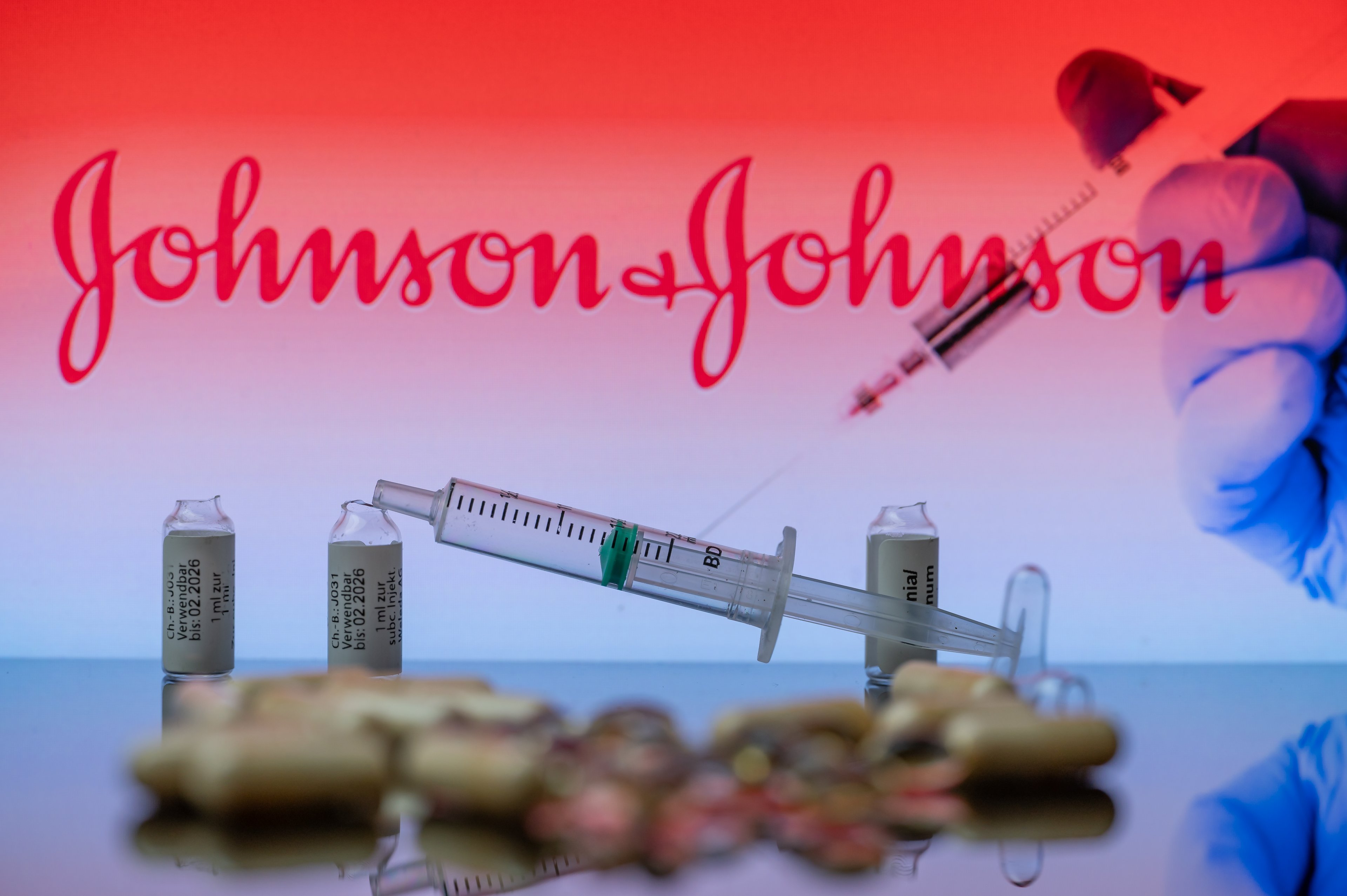Johnson & Johnson (JNJ 0.66%) may offer well-known personal care products such as Listerine and Neutrogena, but it also boasts an impressive portfolio of market leading therapeutic compounds. The health care leader was one of the few to show growth in both worldwide pharmaceutical sales and earnings last year, which grew to $25 billion and $3.86 per share respectively. It finds itself in an enviable position heading into 2013 as one of the best-positioned companies to tackle the patent cliff head on.
Even with the recent success there is no time to rest on laurels in the highly competitive landscape of pharma and biotech. The industry's most successful drugs are under constant pressure from generics, which are either already on the market or timing their entrance for the moment exclusivity is lost. Luckily, 2012 showed that several new drugs are already shaping up to be critical driving forces in the company's future. Today, we will look at the anti-inflammatory biologic Stelara (ustekinumab).
New kid on the block(buster)
Stelara sales grew 39% in 2012 as the promising drug reached the coveted $1 billion mark for Johnson & Johnson. While it has a long way to go before achieving the market penetration of Remicade, the therapeutic protein does make up a respectable portion of the company's immunology revenue.

Source: SEC filings. Dollar amounts in millions.
Much like Remicade and other successful immunology drugs, Stelara suppresses the production of the cytokine TNF-alpha, which signals the immune system to fight disease with inflammation. The emerging treatment differs from previous biologics by targeting interleukins that regulate TNF-alpha production, rather than binding to the cytokine directly. Think of it as superseding the biologic chain of command.
One stellar drug
There are several reasons to keep an eye on Stelara's development. Most TNF-alpha inhibitors approved to date -- such as Enbrel from Amgen (AMGN 1.22%) and Pfizer (PFE +0.75%) -- have been studied against and shown significant improvement to the standard of care methotrexate. Improving upon that can be difficult enough, so the fact that Stelara has shown significant improvement to Enbrel is nothing short of amazing.
A study comparing Stelara to Enbrel for treatment of psoriasis rewrote the story line for the drug's potential. Patients treated with Enbrel for 12 weeks were virtually a coin-toss in response to treatment at 49%. On the other hand, 65% and 71% of patients on Stelara responded for low- and high-dose groups, respectively.
If the improvement in response wasn't impressive enough, consider that Enbrel was administered twice a week for 12 weeks while Stelara was administered just twice.
A future mega-blockbuster?
The results from the psoriasis trial, the drug's only approved indication, will be joined from data collected in ongoing trials for rheumatoid arthritis and Crohn's disease in the next several years. Johnson & Johnson could have two biologic mega-blockbusters on its hand should Stelara show similarly impressive response rates.
Now, a word of caution to go with a dose of severe optimism. Doctors are quick to point out that patients who react well to Enbrel will have no need jump ship for Stelara unless patients want the added convenience of fewer injections. That is a distinct possibility, but Enbrel's long safety record trumps the uncertainty of the newer therapy's long-term effects. With sales growing 14% for the former and 39% for the latter, it is still too early to determine just how much of a factor convenience is for current Enbrel patients.
Stelara's enormous growth and potential will help Johnson & Johnson bolster its pharmaceutical business. The drug is, however, just one small piece of this well-oiled machine.








